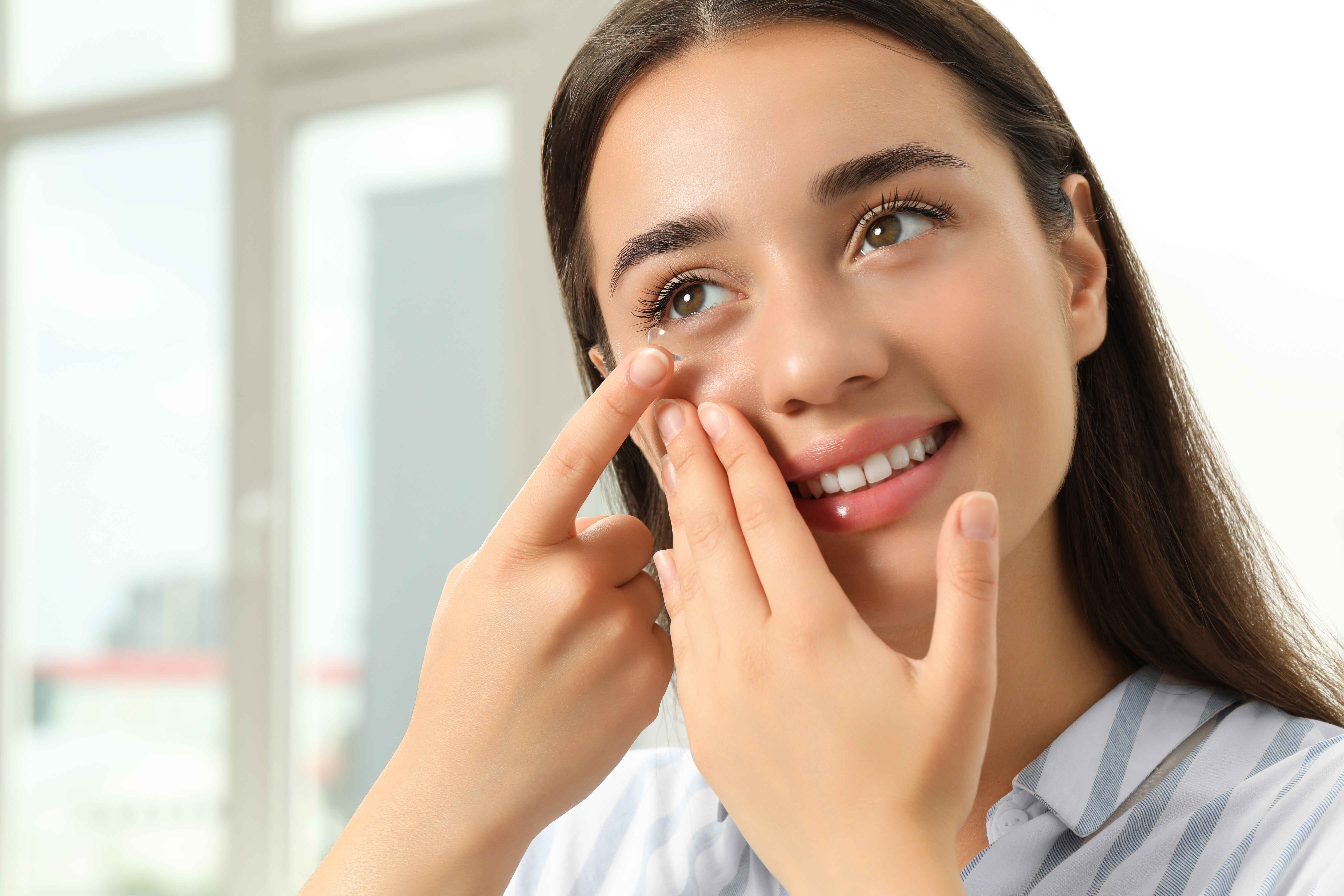Are UV rays really that harmful to our eyes?
Yes, they sure are!
Before we get into that, what exactly are UV rays?
The sun gives off three kinds of ultraviolet (UV) radiation, but only two make it past the ozone layer in our atmosphere: UVA and UVB rays.
UVB rays are the ones that can cause sunburn (even a ‘nice’ suntan is essentially how the body reacts to damage from harmful UVB rays).
However, it’s both the UVA and UVB rays that can damage our eyes, from short-term exposure, but also over the course of a lifetime.
What happens to your eyes when you get too much sun?
Too much sun exposure (think about being out on a very sunny summer day, or even a very sunny winter day!) can damage the cornea and lead to corneal sunburn (or photokeratitis). Symptoms of this include pain, blurred vision, temporary vision loss, redness, light sensitivity, and tearing.
In the long run, it’s believed that harmful UV exposure time and again can increase a person’s risk of developing cataracts and macular degeneration later on in life.
Two other conditions commonly called ‘surfer’s eye’ are pinguecula and pterygium. Pinguecula is when a white or yellow bump forms in the conjunctiva (the mucous membrane covering the front of the eye and lining the inside of the eyelids). Pterygium refers to a growth occurring due to repeated sun exposure. The growth begins on the white of the eye, and can eventually block vision.
How do you prevent sun damage to your eyes?
The only way to prevent photokeratitis is to limit your sun exposure.
One way is to wear eye protection that blocks most of the ultraviolet radiation. That’s why a good pair of sunglasses isn’t just about making a fashion statement. Remember to always wear your sunglasses when you’re outside during the day.
It’s important to check that they block 100% of UVA and UVB rays.
Another way to limit direct exposure to your eyes is by wearing brimmed hats. Again, not just a fashion statement — but an accessory that can help protect your skin and your eyes!
Stay safe this summer!
Sources:
- https://www.preventblindness.org/how-can-uv-rays-damage-your-eyes
- https://www.livescience.com/50326-what-is-ultraviolet-light.html
- https://en.wikipedia.org/wiki/Photokeratitis























































